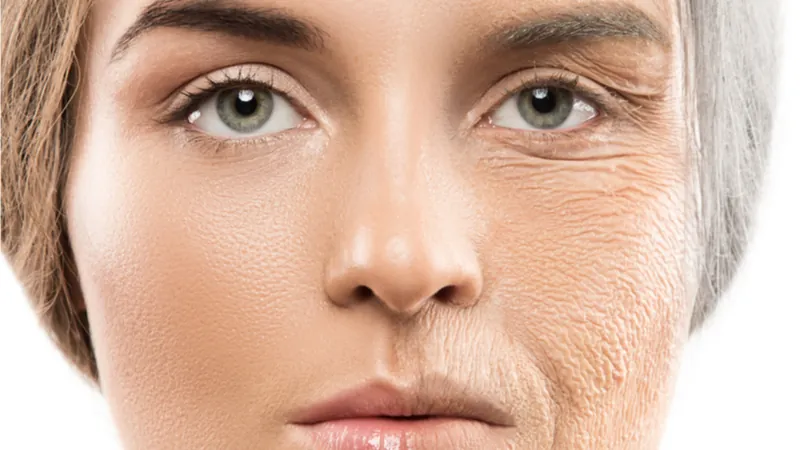Researchers have identified a factor present in the skin of baby mice that controls the formation of hair follicles during their early development. The factor is turned off in adult mice, but when it is turned back on, it allows them to regenerate their skin following injury without scarring, just like baby mice do.

Read More
Skin like a newborn
Researchers from Washington State University have recently published a study in the journal eLife showing how they conveyed the kind of skin regeneration only typically seen in baby mice to adult animals [1]. This has implications for treating wound healing following injury as well as addressing some aspects of skin aging.
The factor in question is called lymphoid enhancer-binding factor 1 (LEF1) and is a protein that, in humans, is encoded by the LEF1 gene. This particular protein is associated with papillary fibroblast cells, a type of cell found in the papillary dermis, the skin layer just below the surface which lends skin its tension and its familiar, youthful appearance.
The research team used RNA sequencing to compare the cells and gene expression in adult mice with baby mice. They used this technique to identify the LEF1 gene and wanted to see what would happen if the gene was switched on again in adult mice.
The LEF1 gene is active in baby mice during the first week of development and is then switched off once the skin and hair follicles have formed. The expression of LEF1, for the most part, remains turned off from this point onwards into adulthood. When researchers switched gene expression of LEF1 back on in the papillary fibroblast cells of adult mice, they found that these mice were able to heal wounds without scarring.
The researchers noted that the regenerated skin in the adult mice also included hair follicles and was able to form goosebumps, something that adult scar tissue is unable to do.
Scars are a serious health concern for burn victims and individuals with skin conditions associated with wound healing. Here, we identify regenerative factors in neonatal murine skin that transforms adult skin to regenerate instead of only repairing wounds with a scar, without perturbing development and homeostasis. Using scRNA-seq to probe unsorted cells from regenerating, scarring, homeostatic, and developing skin, we identified neonatal papillary fibroblasts that form a transient regenerative cell type that promotes healthy skin regeneration in young skin. These fibroblasts are defined by the expression of a canonical Wnt transcription factor Lef1 and using gain- and loss of function genetic mouse models, we demonstrate that Lef1 expression in fibroblasts primes the adult skin macroenvironment to enhance skin repair, including regeneration of hair follicles with arrector pili muscles in healed wounds. Finally, we share our genomic data in an interactive, searchable companion website (https://skinregeneration.org/). Together, these data and resources provide a platform to leverage the regenerative abilities of neonatal skin to develop clinically tractable solutions that promote the regeneration of adult tissue.
Conclusion
While more research is needed before an attempt to translate these findings to humans can be made, these results highlight how mammals can regenerate like other species do, given the appropriate stimulus. Many species such as salamanders do regenerate throughout their lives, but, in mammals, this ability is lost beyond the initial development phase.
The results of this study have implications for wound treatment as well as skin aging if its results can be translated to people.
Literature
[1] Driskell, R., Phan, Q. M., Fine, G., Salz, L., Herrera, G., Wildman, B., & Driskell, I. M. (2020). Lef1 expression in fibroblasts maintains developmental potential in adult skin to regenerate wounds. bioRxiv.



